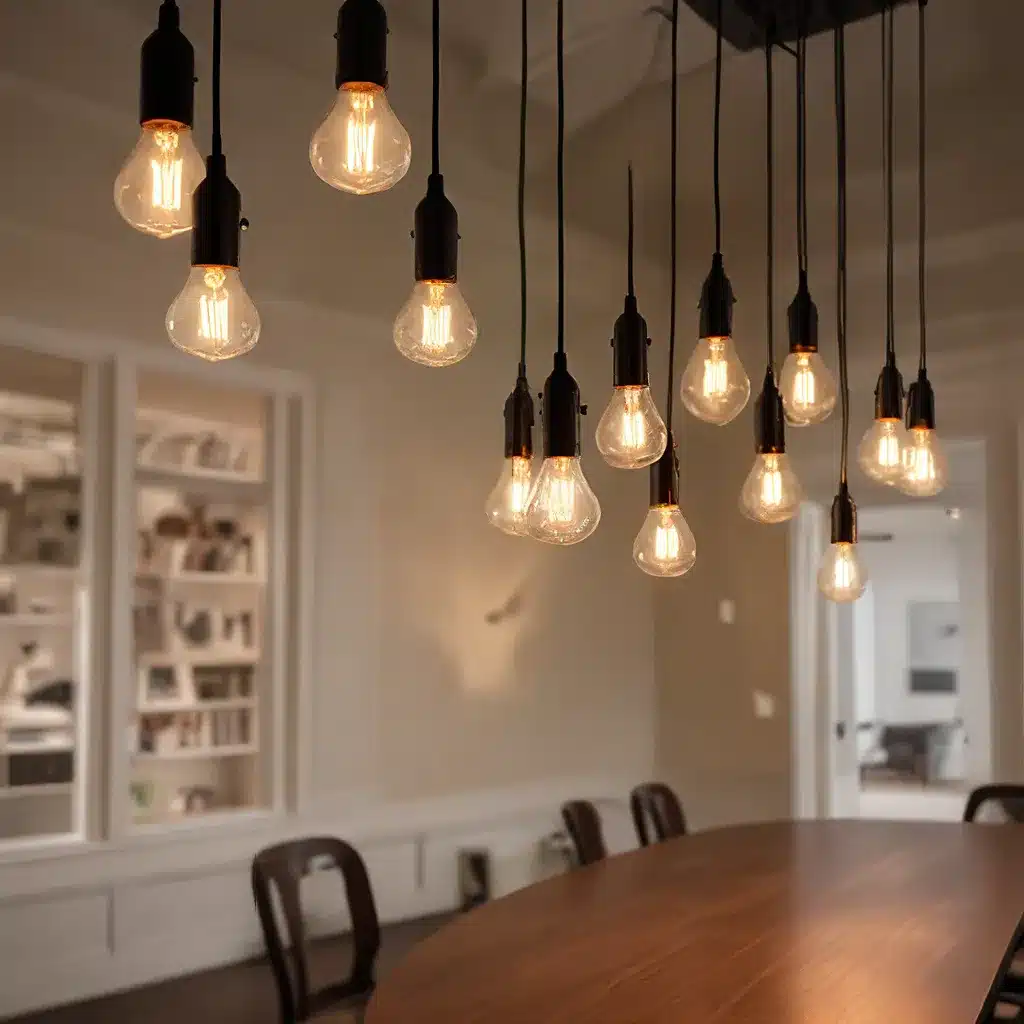
Harnessing the Power of Light in Interior Design
Lighting is a fundamental element in interior design, with the ability to transform the ambiance, mood, and visual appeal of any space. Beyond mere functionality, thoughtful lighting choices can elevate the design narrative and personalize a home’s character. In this comprehensive article, we’ll explore how to wield the power of light to illuminate your interior story and create spaces that captivate and inspire.
Discovering the Language of Light
Light is a multifaceted tool that can be used to evoke specific emotions and guide the viewer’s experience. Dramatic contrast between light and shadow can create a sense of mystery and intrigue, while soft, diffused illumination can foster a calming and serene atmosphere. Understanding the nuances of lighting is akin to mastering a visual language, allowing designers to communicate their vision effectively.
Photographers often employ strategic lighting to craft compelling narratives, and interior designers can adopt a similar approach. By carefully curating the placement, intensity, and color temperature of light sources, you can shape the mood and guide the viewer’s gaze, ultimately weaving a cohesive design narrative throughout a space.
Crafting Intimate Moments with Accent Lighting
One of the most powerful applications of light in interior design is the use of accent lighting. These focused pools of illumination have the ability to draw the eye and highlight specific architectural features, decorative elements, or key points of interest. By strategically placing accent lights, you can create intimate, inviting vignettes that encourage exploration and discovery.
Consider, for example, a cozy reading nook bathed in the warm glow of a wall-mounted sconce. The focused light creates a sense of enclosure and seclusion, inviting the viewer to curl up with a good book. Alternatively, track lighting trained on an intricate wall hanging or sculpture can elevate these design features, transforming them into the centerpiece of the room.
Accent lighting allows you to personalize a space and curate the viewer’s experience, guiding them through the design narrative with intentional highlights and dramatic shadows.
Layering Lighting for Depth and Dimension
While accent lighting is a powerful tool, it is most effective when combined with a layered lighting approach. By incorporating a variety of light sources, including ambient, task, and decorative lighting, you can create depth, dimension, and a sense of balance within a space.
Ambient lighting, such as recessed ceiling fixtures or chandeliers, provides a gentle and even illumination that serves as the foundation for the overall lighting scheme. Task lighting, like table lamps or under-cabinet lighting, focuses light on specific areas where activities like reading or cooking take place. Decorative lighting, exemplified by pendant lights or wall sconces, introduces visual interest and character to the space.
When these lighting elements are thoughtfully integrated, they work together to sculpt the space, creating zones and highlighting architectural features. This layered approach not only enhances the functionality of the room but also elevates the design, guiding the viewer’s eye and telling a cohesive story.
Harnessing the Emotional Power of Color Temperature
The color temperature of light is another crucial factor in shaping the mood and atmosphere of a space. Warm, amber-hued light, often associated with incandescent or Edison-style bulbs, can evoke a sense of coziness and comfort. In contrast, cool, blue-toned light, common in LED or fluorescent fixtures, can create a more modern, energetic, or even clinical ambiance.
By thoughtfully selecting the color temperature of your lighting, you can guide the viewer’s emotional experience and reinforce the desired design aesthetic. For example, in a cozy and traditional living room, the warm glow of table lamps and wall sconces can foster a inviting and relaxing atmosphere. Conversely, in a contemporary kitchen, cool overhead lighting and under-cabinet task lights can contribute to a sleek and efficient feel.
Experimenting with color temperature and lighting layering allows you to fine-tune the ambiance and personality of any interior, ensuring that the lighting choices seamlessly integrate with the overall design vision.
Embracing Sustainable Lighting Solutions
As the world becomes increasingly conscious of environmental sustainability, interior designers must also consider the eco-friendly aspects of their lighting choices. Fortunately, the lighting industry has made significant strides in developing energy-efficient and long-lasting solutions that can reduce a home’s carbon footprint without compromising on design.
LED lighting, for example, has become a go-to choice for many designers due to its energy efficiency, versatility, and clean aesthetic. Solar-powered outdoor lighting and dimmable fixtures that allow for customizable light levels are also popular sustainable options that can enhance the environmental and design credentials of a space.
By incorporating eco-friendly lighting into their designs, interior designers can demonstrate their commitment to sustainability while creating visually stunning and functional spaces that tell a compelling story.
Conclusion: Illuminating the Design Narrative
Lighting is a powerful and essential element in interior design, with the ability to transform a space, evoke emotional responses, and communicate a cohesive design narrative. By mastering the language of light, interior designers can craft captivating environments that engage the senses and inspire the viewer.
From strategic accent lighting to layered lighting schemes and sustainable solutions, the creative and thoughtful use of illumination can elevate any interior design project, elevating the user experience and telling a powerful story through the interplay of light and shadow.
As you embark on your next design endeavor, embrace the transformative power of light and let it illuminate your narrative, captivating and delighting those who experience your curated spaces.

